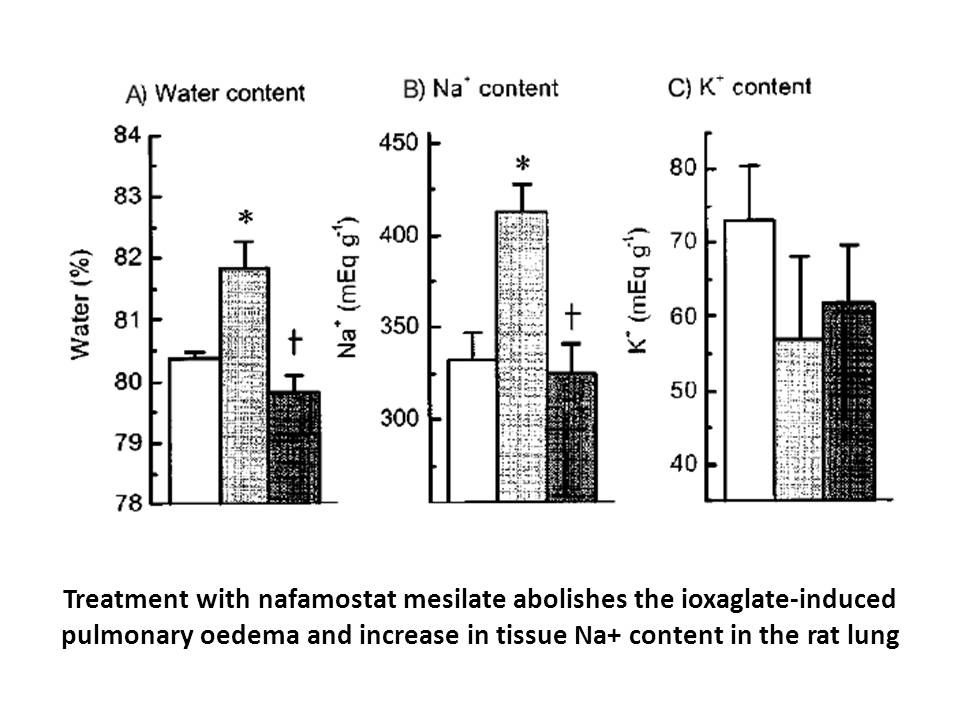Archives
FPR activation stimulates multiple signal transduction pathw
FPR1 activation stimulates multiple signal transduction pathways responsible for various neutrophil functions, such as adhesion, chemotaxis, phagocytosis, enzyme substrate of secretory granules, and superoxide anion radical (O2) production, which contribute to the physiological inflammatory response associated with bacterial infection and tissue damage (reviewed in [4], [20], [21]). The main molecular events and mediators involved in FPR1 activation are summarized in Fig. 1. The FPR1 ligand fMLF is known to activate phospholipases C (PLC) and A2 (PLA2) and release of intracellular Ca stores. The second messengers resulting from FPR1 activation regulate various intracellular kinases, including phosphatidylinositol-3-kinase (PI3K), protein kinase C (PKC), and mitogen-activated protein (MAP) kinases p38 and extracellular signal related kinase 1 and 2 (ERK 1/2). Activation of FPR1 stimulates an additional protein kinase C-independent pathway through the Src-related tyrosine kinase, Lyn, in human neutrophils [22]. Likewise, downstream activation of Rho GTPases, particularly Rac1 and Rac2, plays a key role in neutrophil NADPH oxidase assembly, chemotaxis, and degranulation [23]. Activation of these signal-transduction pathways is known to be responsible for the various biochemical responses that contribute to physiological defense against pathogens and the inflammatory response to cellular damage. Although the intrinsic functional redundancy in the chemoattractant/chemokine system may make blocking a single receptor problematic as a therapeutic approach [24], various approaches to inhibit FPR1 signaling have nevertheless been considered for therapeutic development. For example, natural compounds have been evaluated for their ability to inhibit leukocyte chemotaxis, reactive oxygen species (ROS) production, and human neutrophil elastase (HNE) release by targeting  fMLF-induced signaling cascades. Since excess NADPH-oxidase generated ROS, HNE, and other neutrophil-derived proteases
fMLF-induced signaling cascades. Since excess NADPH-oxidase generated ROS, HNE, and other neutrophil-derived proteases  can promote inflammation and numerous pathological conditions [25], [26], [27], this approach could have significant clinical benefit if effective and specific inhibitors were identified.
Of particular interest is the possibility that FPR1 antagonists that can transiently inhibit neutrophil responses to formylated peptides could be used as therapeutic agents in the treatment of inflammatory diseases. In efforts to discover new anti-inflammatory agents from natural sources, inhibitory activity of several hundred compounds derived from bacteria, higher plants, algae, and marine corals have been screened for their ability to inhibit fMLF-induced functional responses in neutrophils. These products include a wide range of compound classes from peptides to secondary metabolites, such as flavonoids, coumarins, quinones, naphtalenones, lignans, terpenoids (sesquiterpene lactones, diterpenes, triterpenes), steroids, alkaloids and other compounds. Some of these compounds blocked FPR1 directly, while others inhibited downstream fMLF-induced pathways.
In this review, we will summarize the outcome of previous screening efforts and reconsider these studies with a specific focus on FPR1 antagonists. For some of these previously reported natural compounds, we also conducted additional screening of analogs and similar compounds for their ability to antagonize FPR1 activation by fMLF in human neutrophils and FPR1-transfected cells. Because a high possibility exists that compounds capable of inhibiting fMLF signaling may target FPR1 as one of their molecular mechanisms of action, we also used pharmacophore modeling and molecular docking studies to predict how well various natural compounds fit the FPR1 antagonist pharmacophore and their potential for binding to FPR1.
can promote inflammation and numerous pathological conditions [25], [26], [27], this approach could have significant clinical benefit if effective and specific inhibitors were identified.
Of particular interest is the possibility that FPR1 antagonists that can transiently inhibit neutrophil responses to formylated peptides could be used as therapeutic agents in the treatment of inflammatory diseases. In efforts to discover new anti-inflammatory agents from natural sources, inhibitory activity of several hundred compounds derived from bacteria, higher plants, algae, and marine corals have been screened for their ability to inhibit fMLF-induced functional responses in neutrophils. These products include a wide range of compound classes from peptides to secondary metabolites, such as flavonoids, coumarins, quinones, naphtalenones, lignans, terpenoids (sesquiterpene lactones, diterpenes, triterpenes), steroids, alkaloids and other compounds. Some of these compounds blocked FPR1 directly, while others inhibited downstream fMLF-induced pathways.
In this review, we will summarize the outcome of previous screening efforts and reconsider these studies with a specific focus on FPR1 antagonists. For some of these previously reported natural compounds, we also conducted additional screening of analogs and similar compounds for their ability to antagonize FPR1 activation by fMLF in human neutrophils and FPR1-transfected cells. Because a high possibility exists that compounds capable of inhibiting fMLF signaling may target FPR1 as one of their molecular mechanisms of action, we also used pharmacophore modeling and molecular docking studies to predict how well various natural compounds fit the FPR1 antagonist pharmacophore and their potential for binding to FPR1.
Natural peptides and their derivatives as FPR1 antagonists
Small-molecule non-peptide FPR1 antagonists and their synthetic derivatives
Prediction of FPR1 antagonists among natural products using molecular modeling